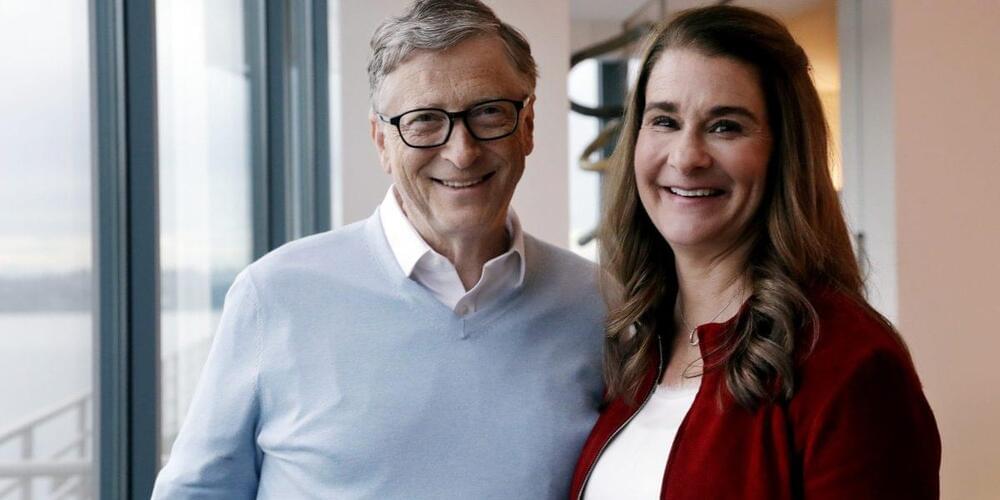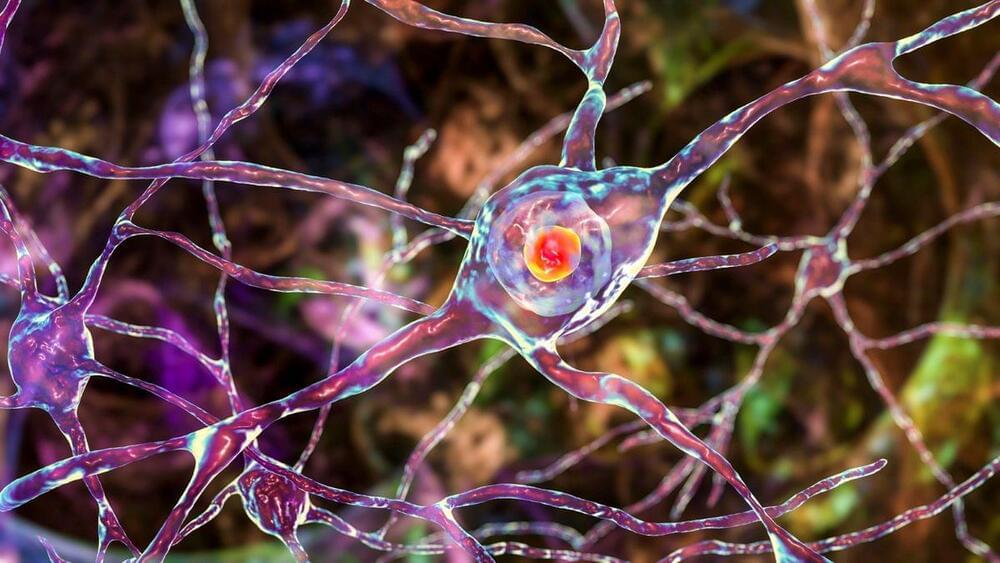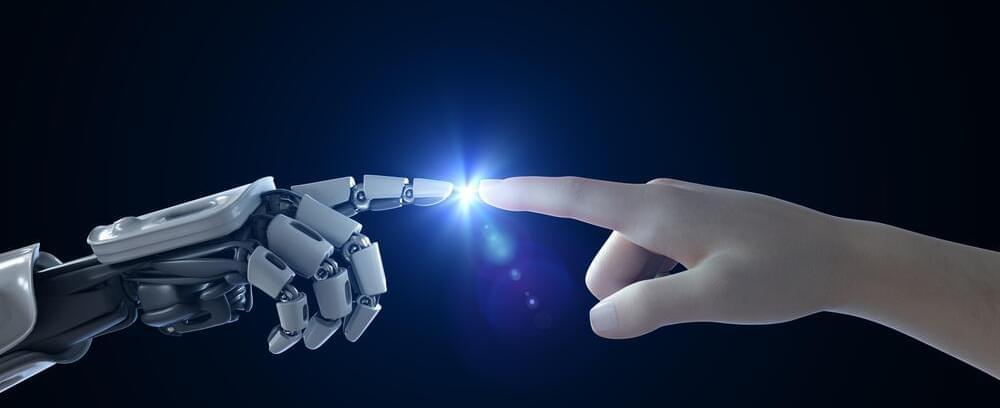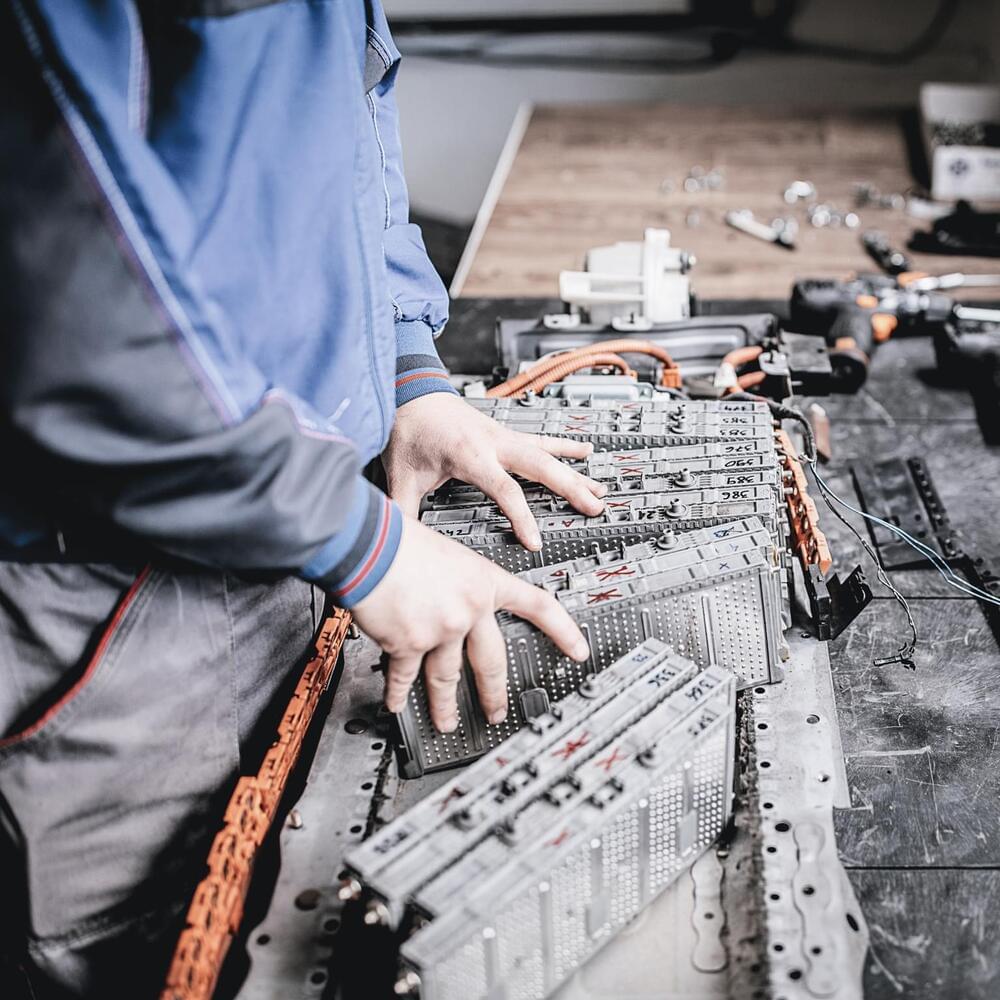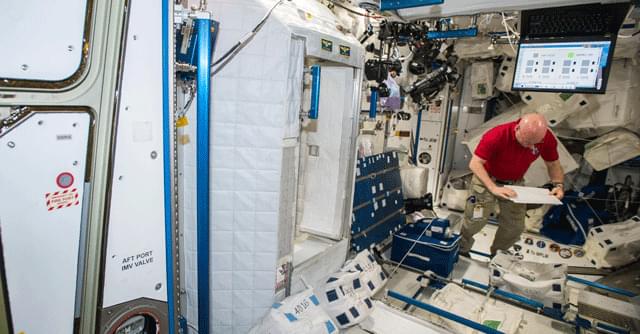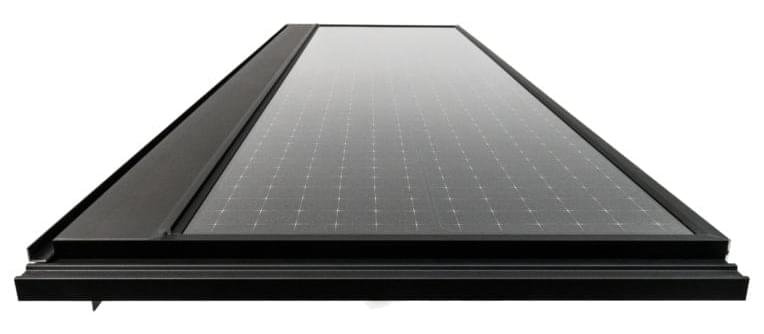Gates will provide grants to prepare teachers better for teaching math and to curriculum companies and nonprofits to develop higher-quality teaching materials. The foundation will also support research into math education and make grants to help high-school math courses prepare students for college and the workplace.
A big problem with math as it is taught today is that students learn in isolation and can feel crushed when they get the wrong answer to a problem, says Shalinee Sharma, co-founder of Zearn, an educational nonprofit and Gates grantee who, with Hughes, spoke with reporters this week. Zearn uses computer-based lessons that incorporate a lot of visuals to keep students interested and provides feedback on progress to help teachers tailor lessons for individual students. A new approach in which students work in teams to solve problems, she said, can turn all students into “math kids.”
“When all kids are ‘math kids,’ making mistakes will be OK,” she said. “It won’t be embarrassing. In fact, making mistakes will be considered normal and an essential part of math learning.”
